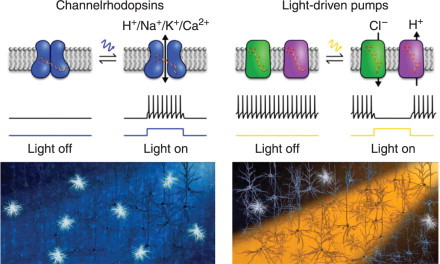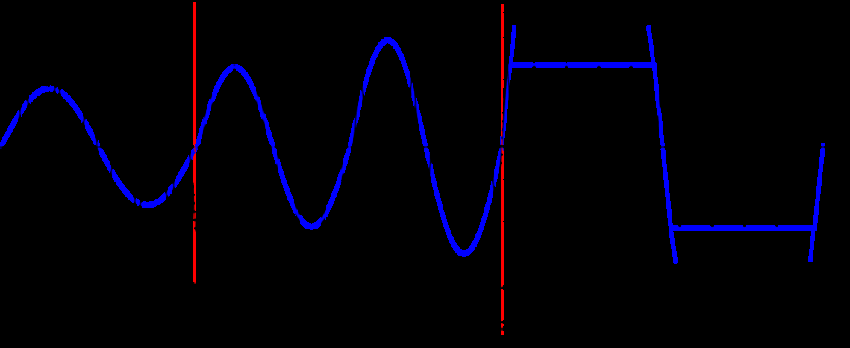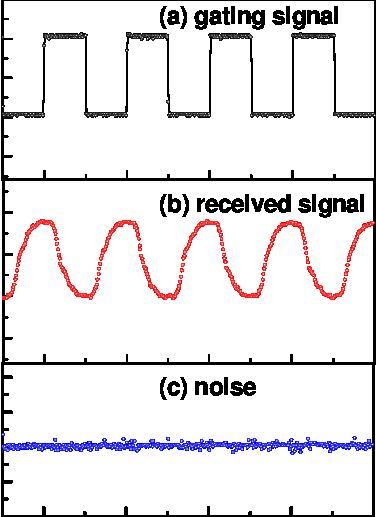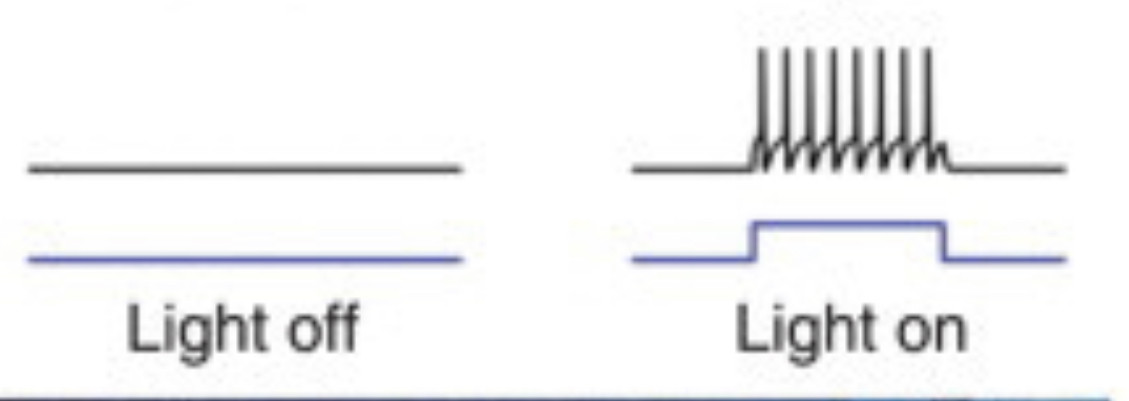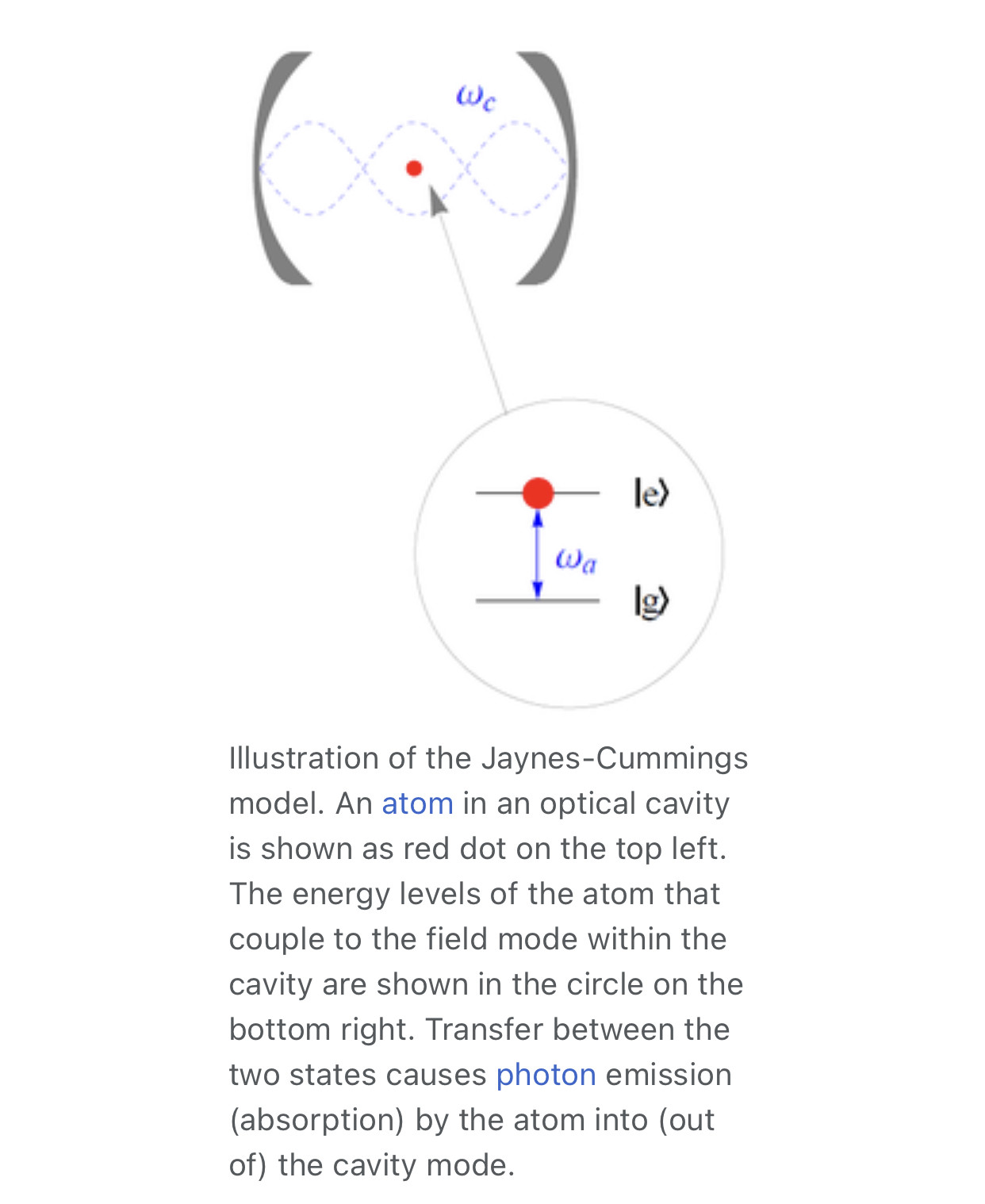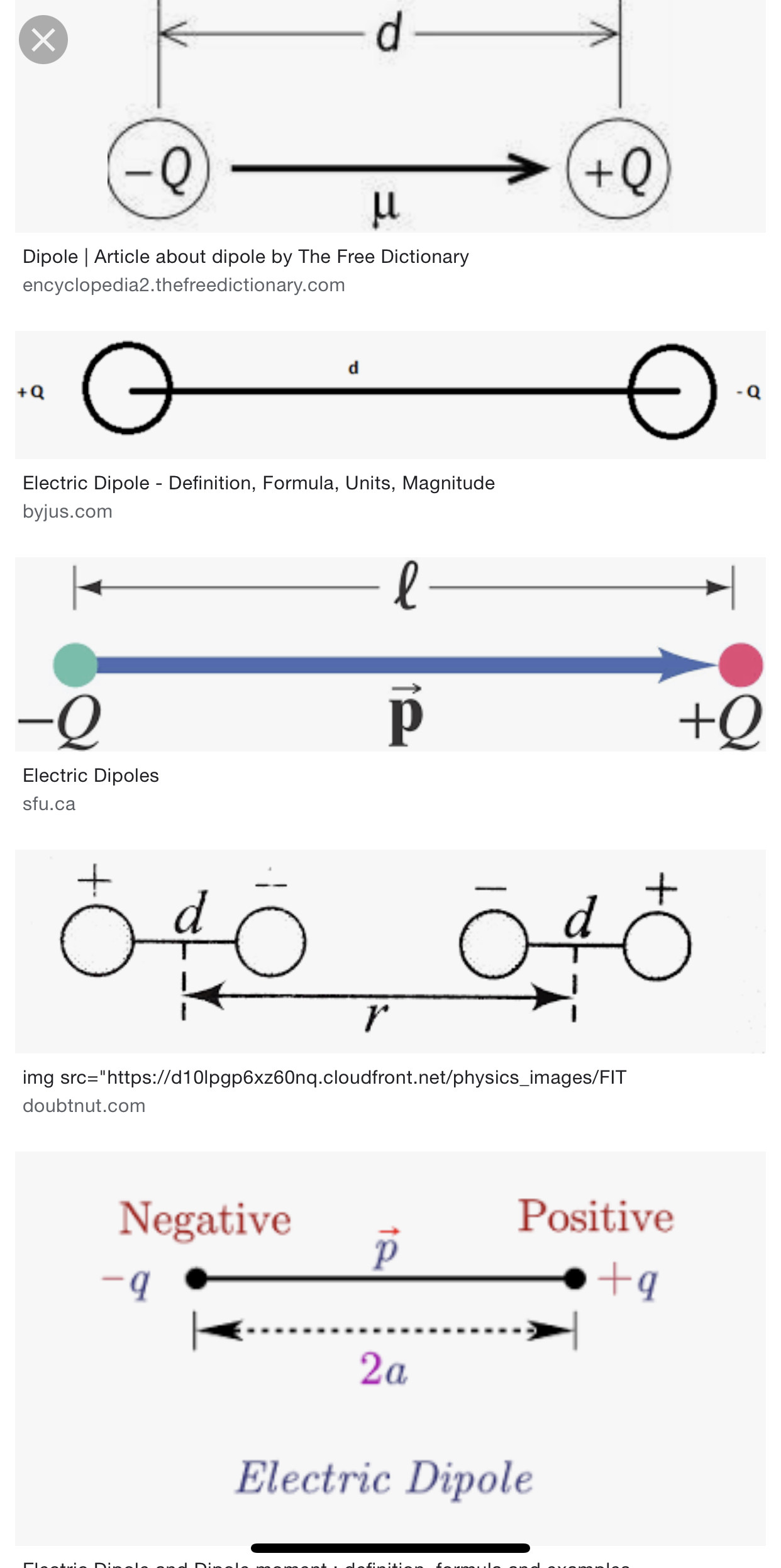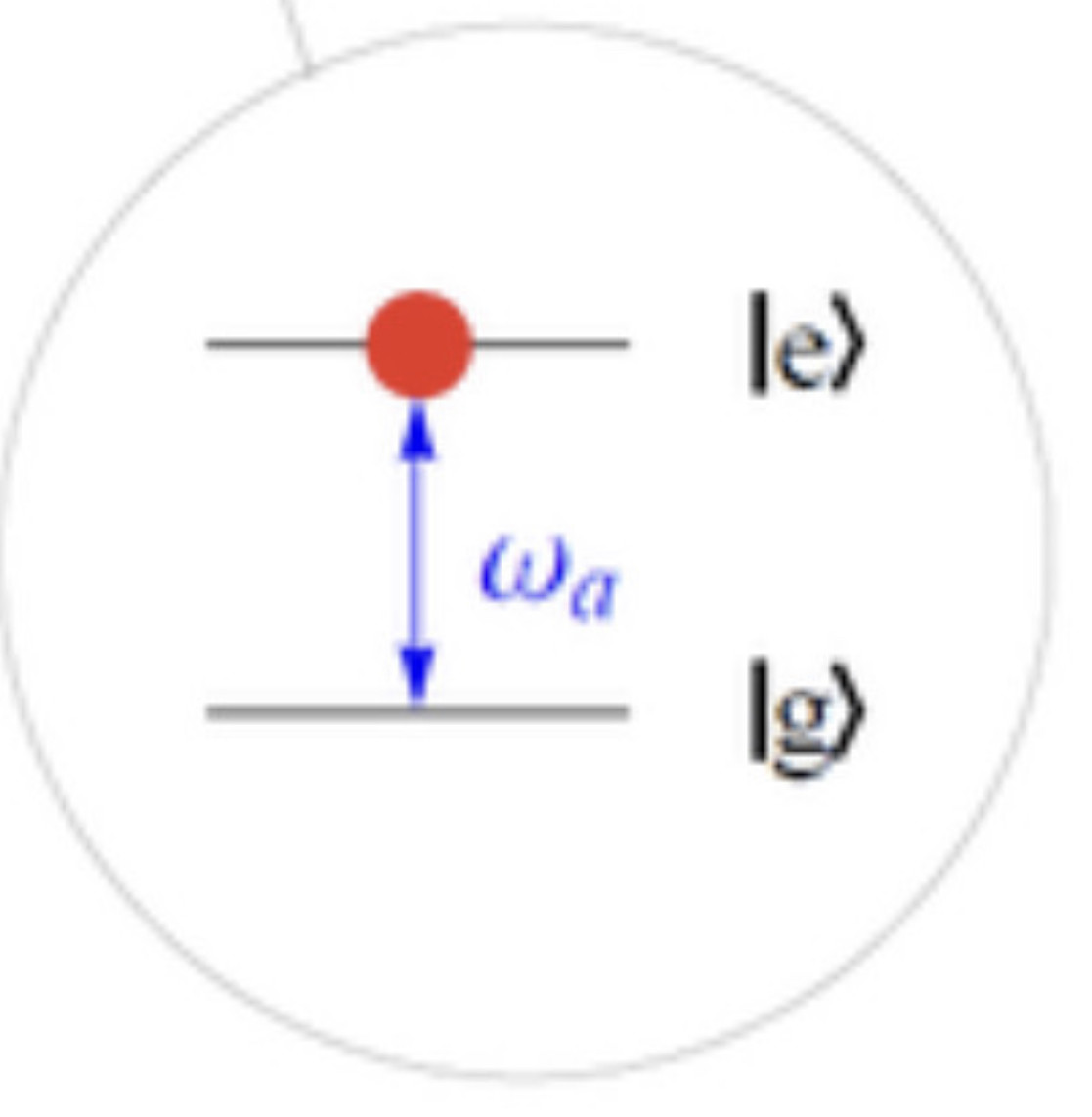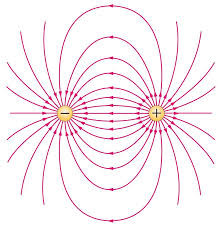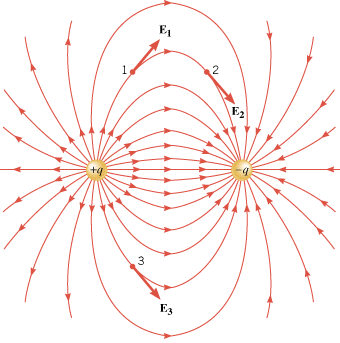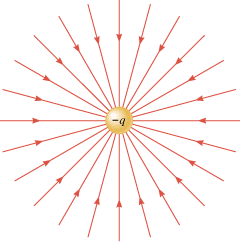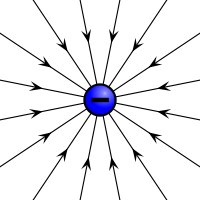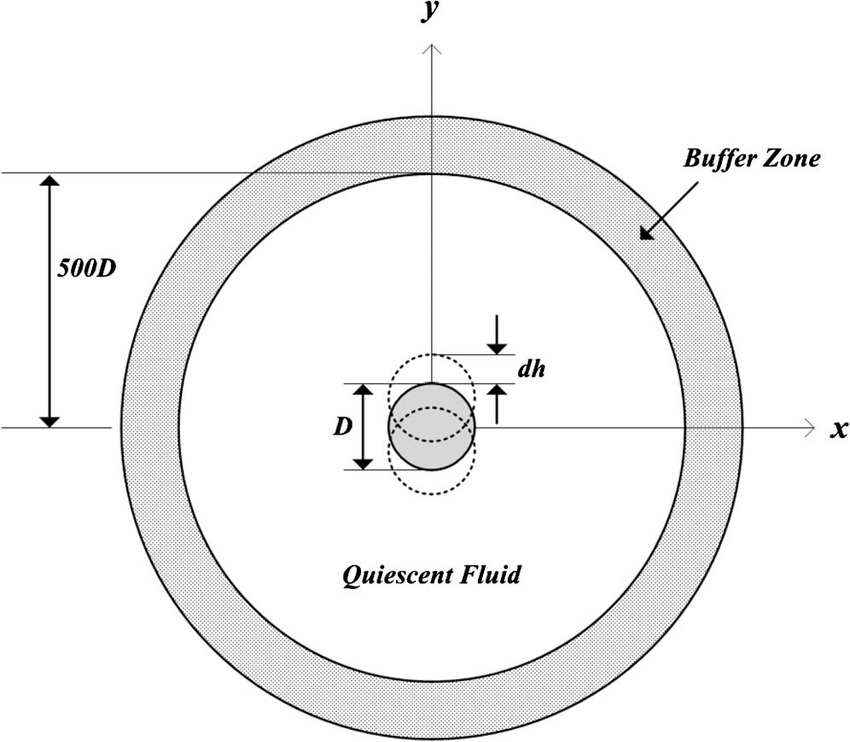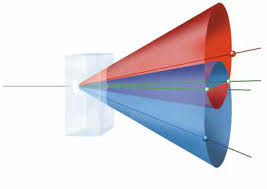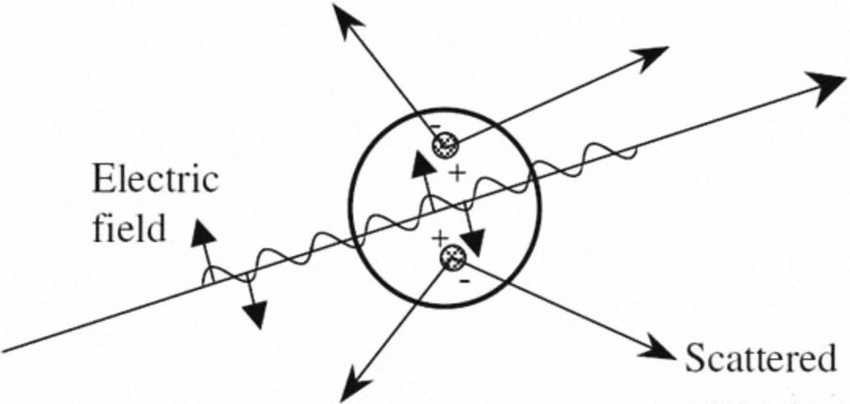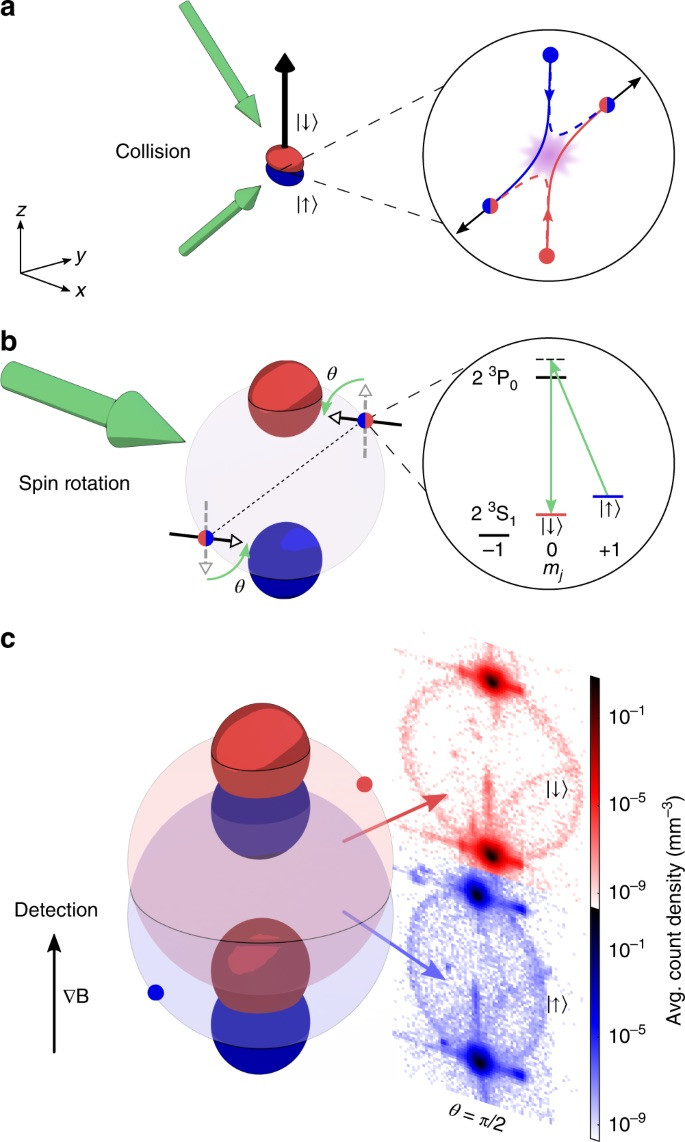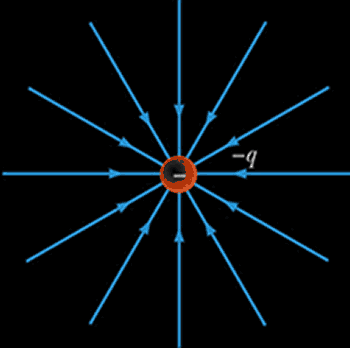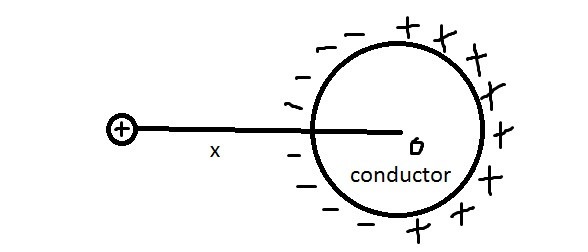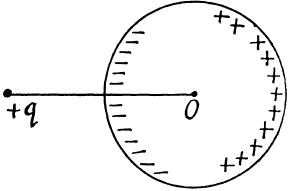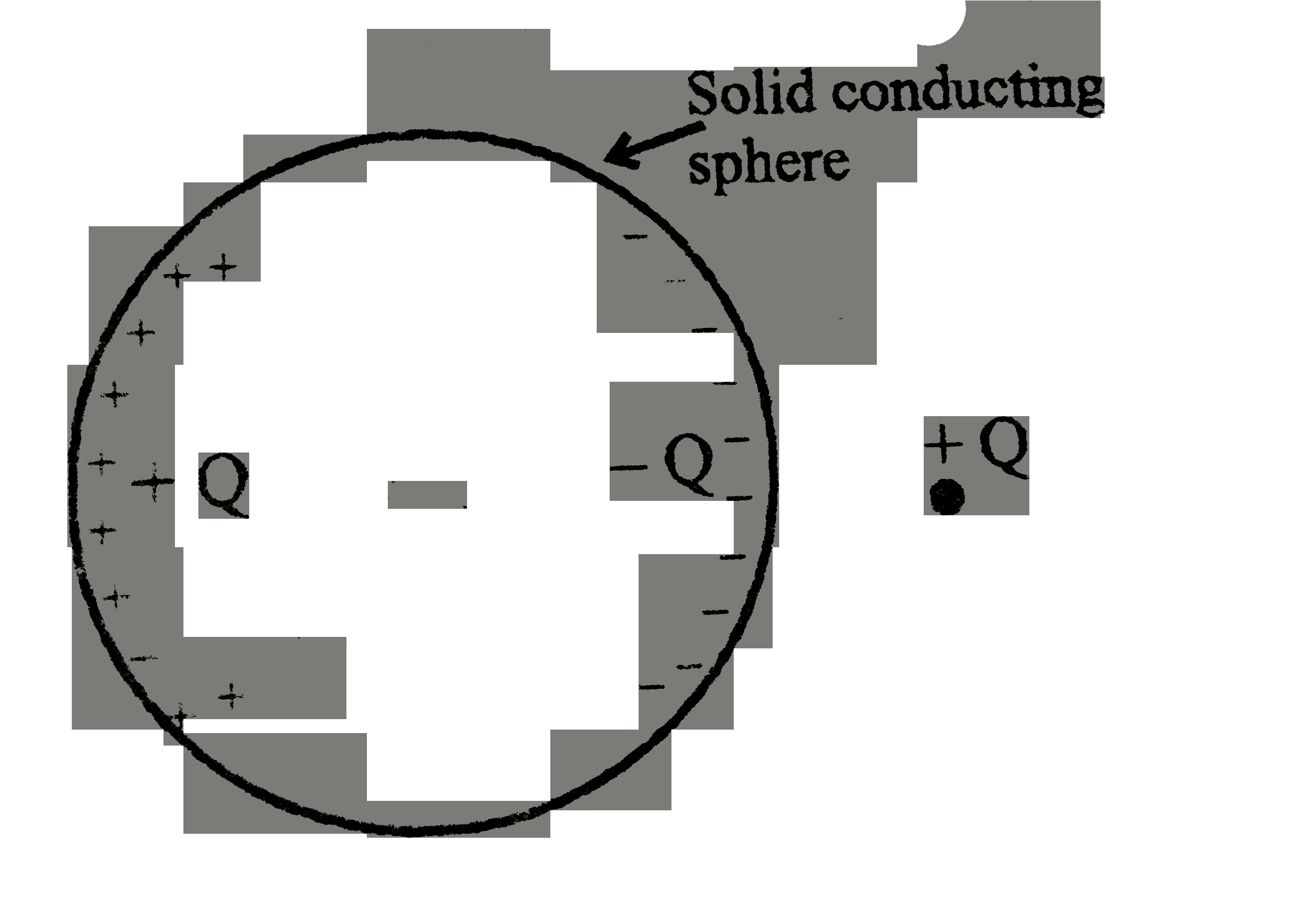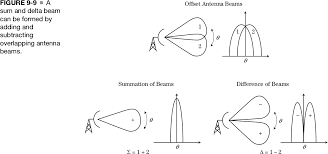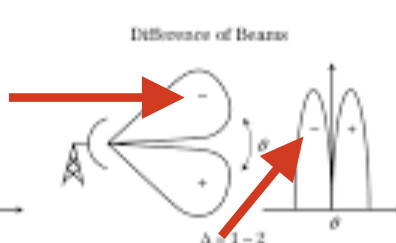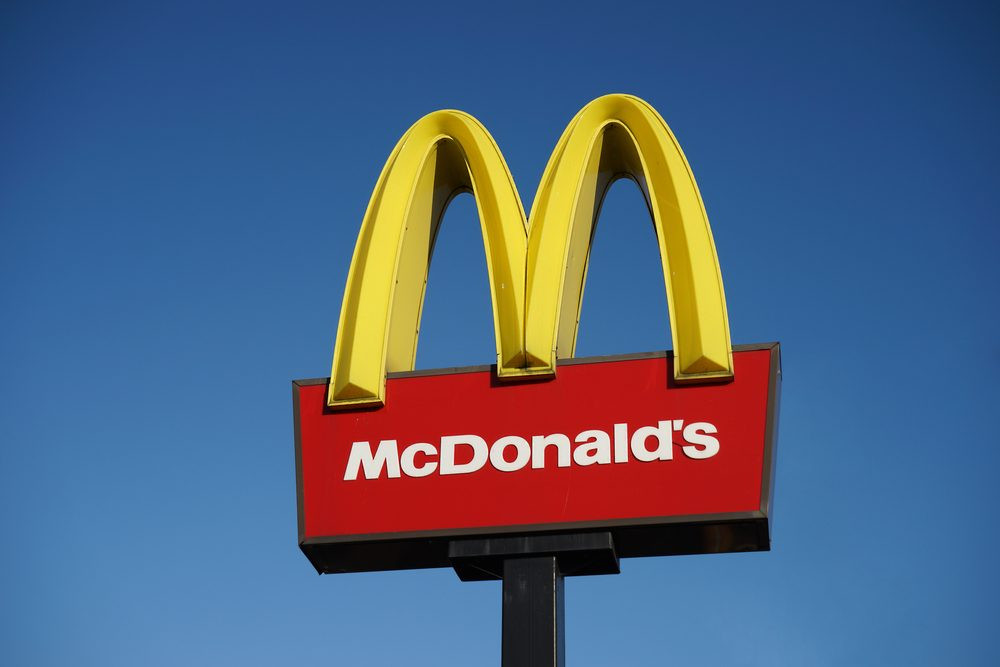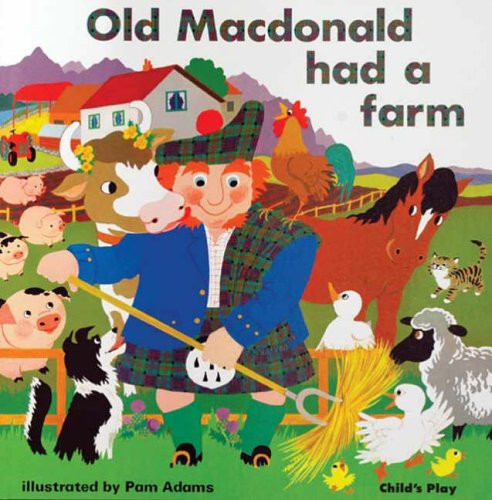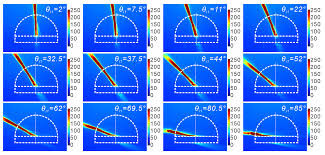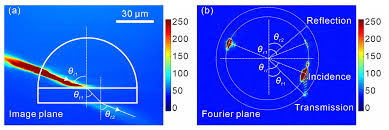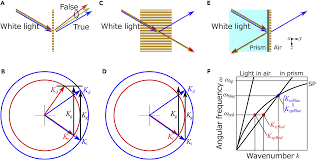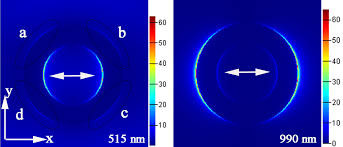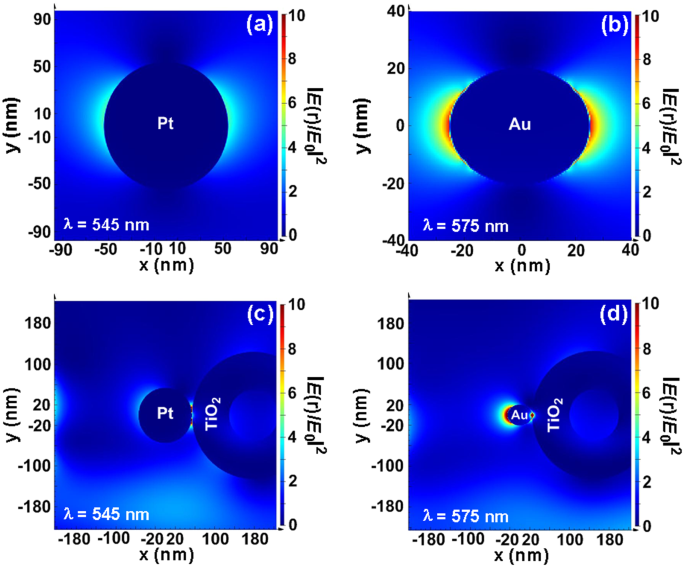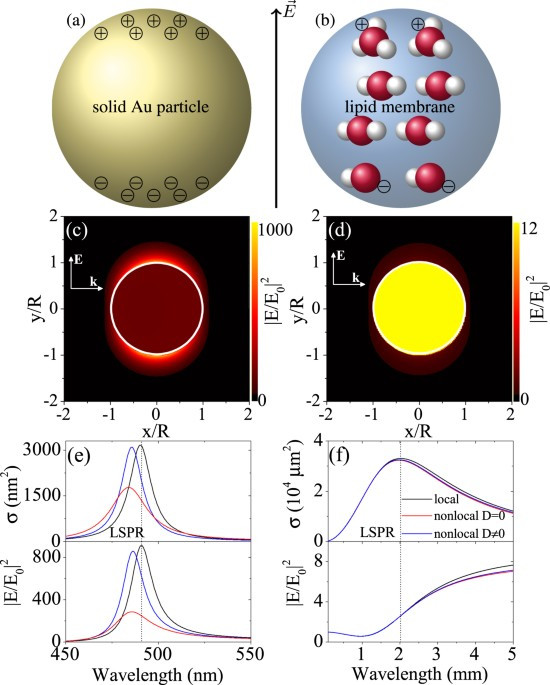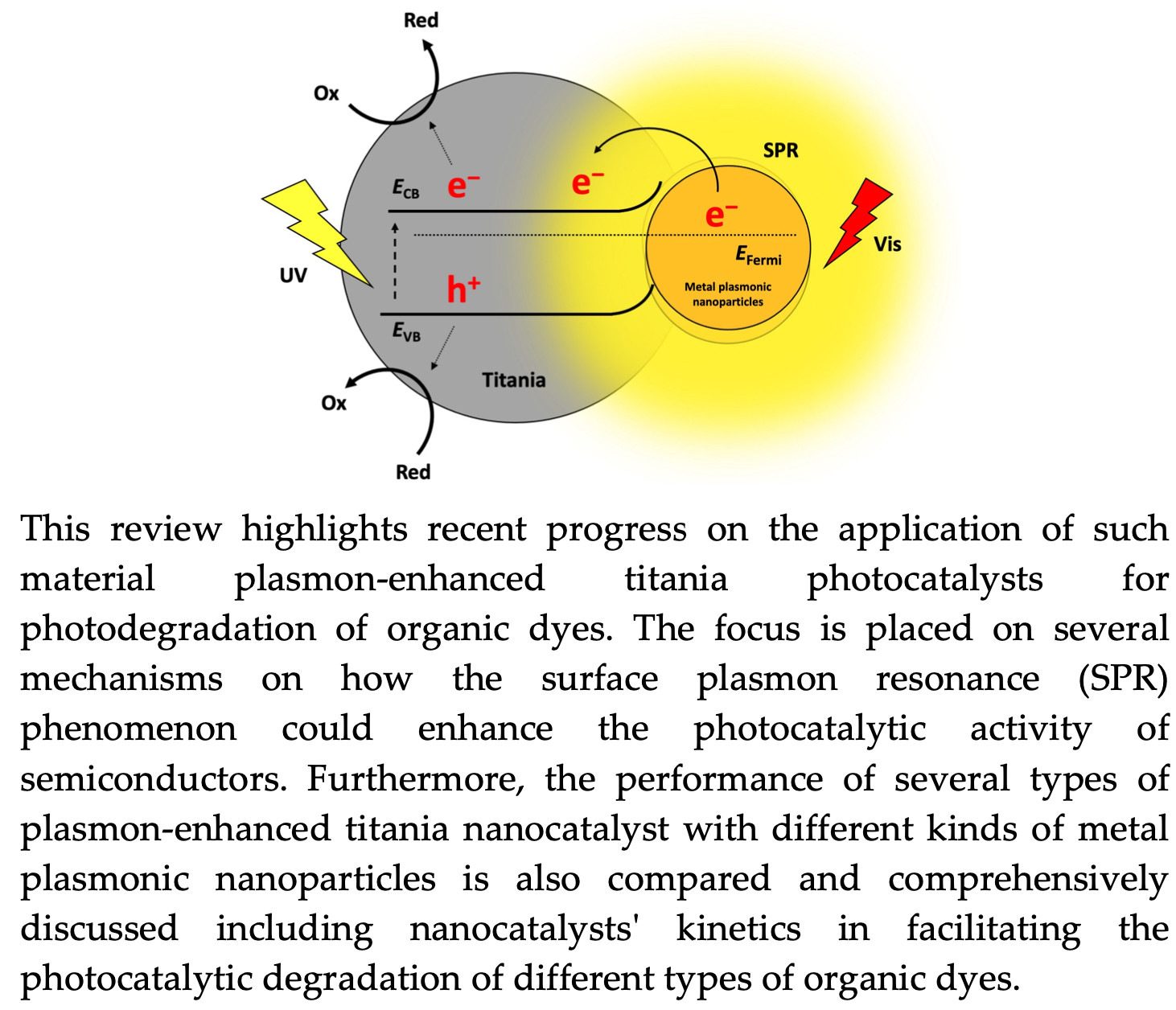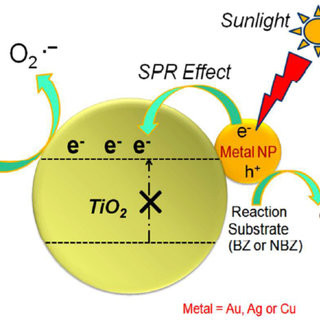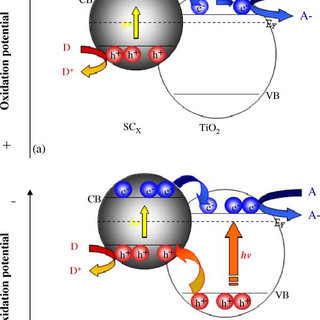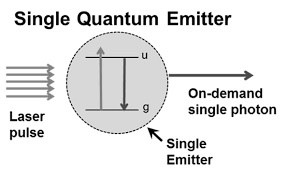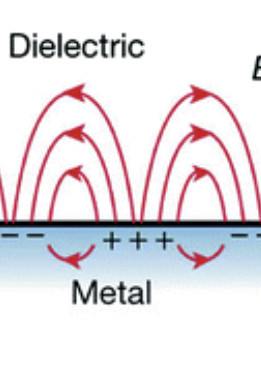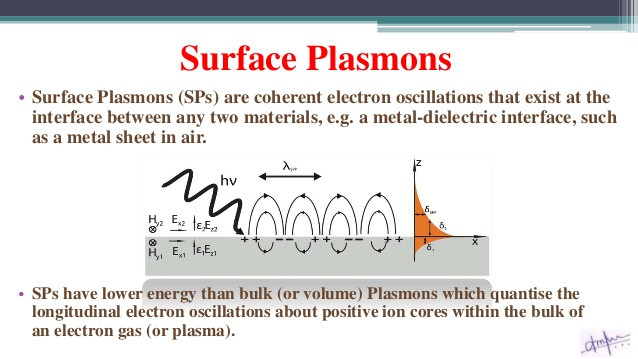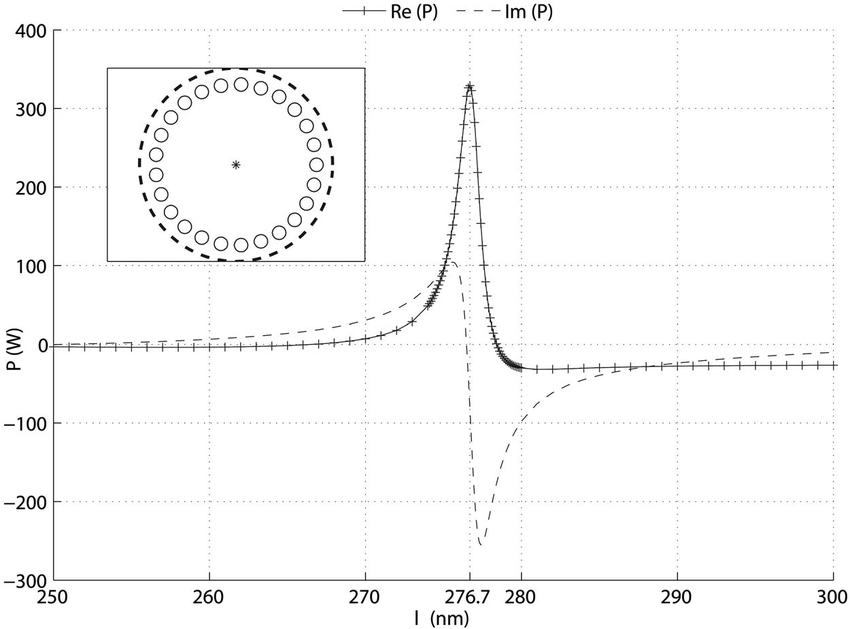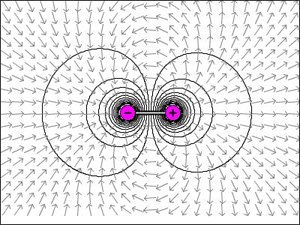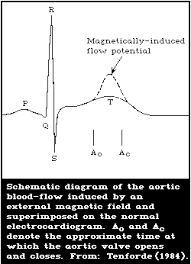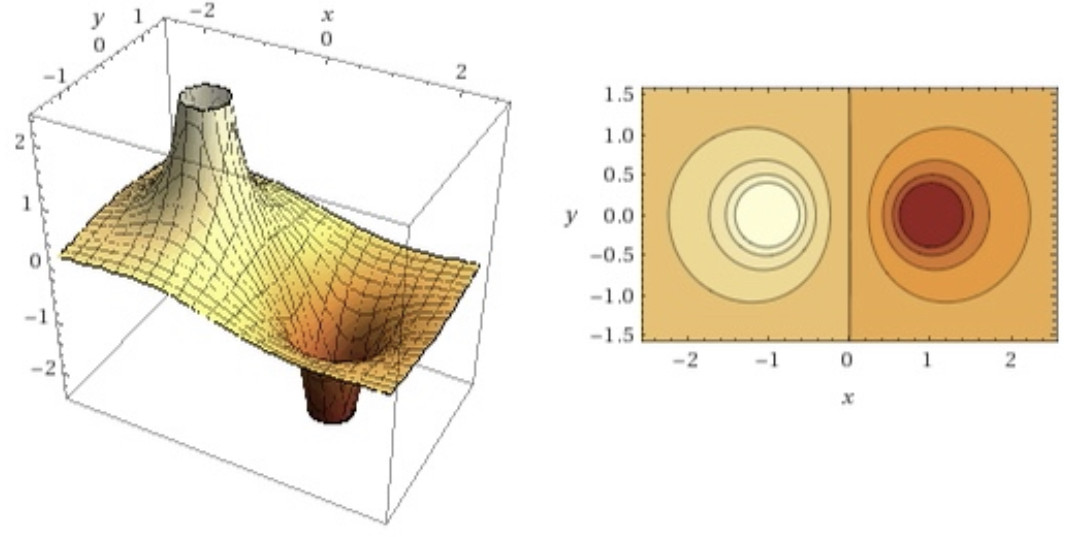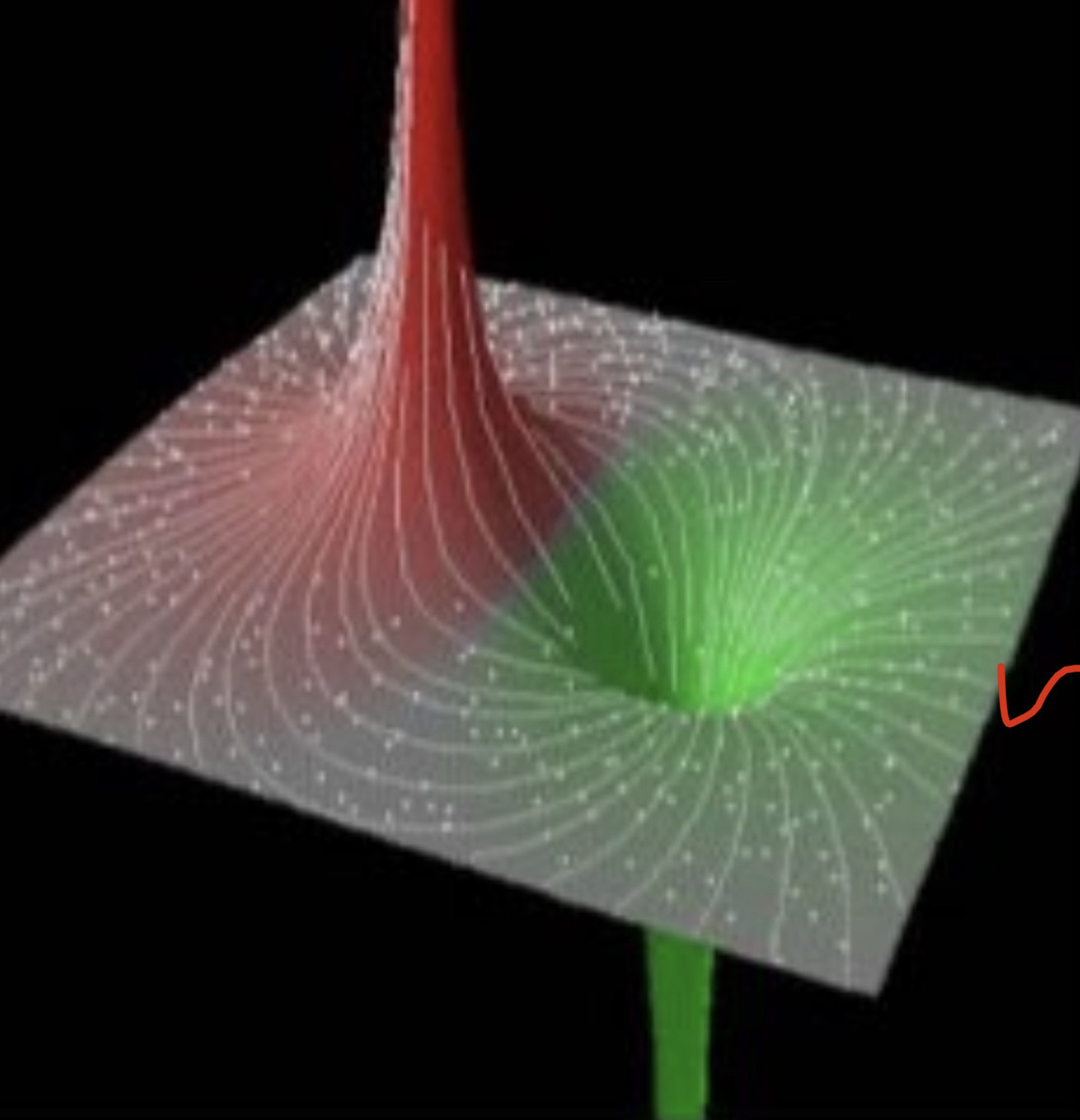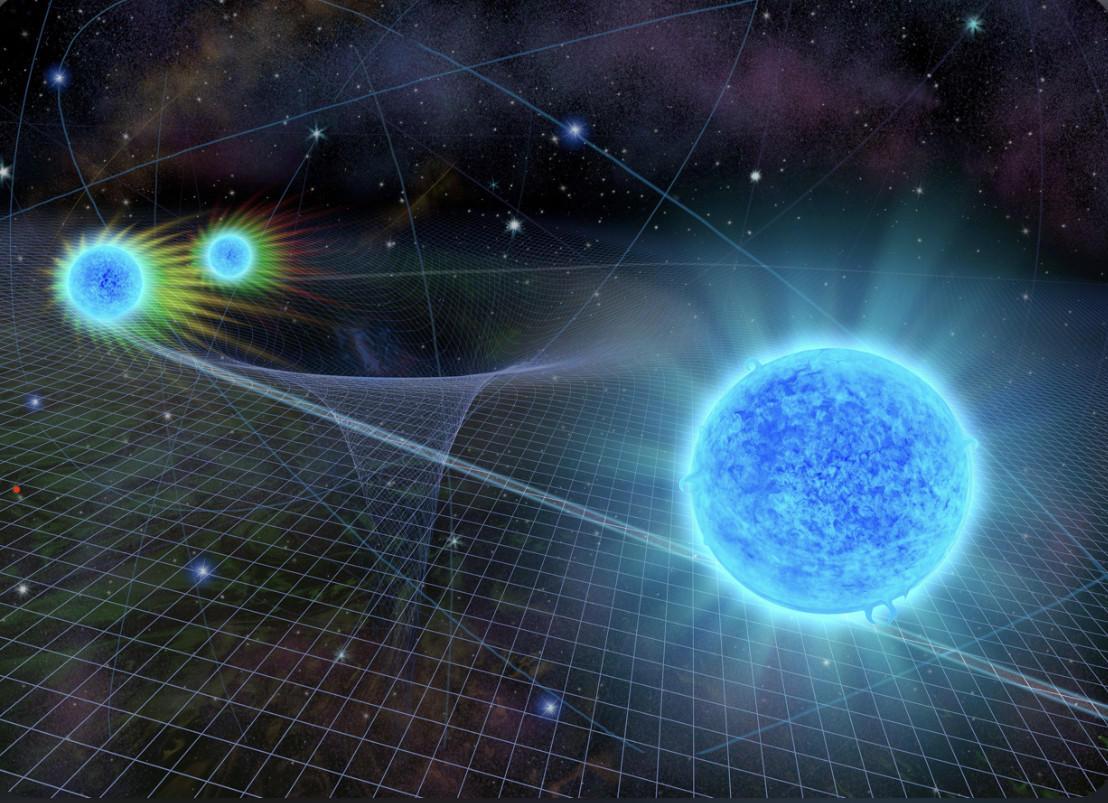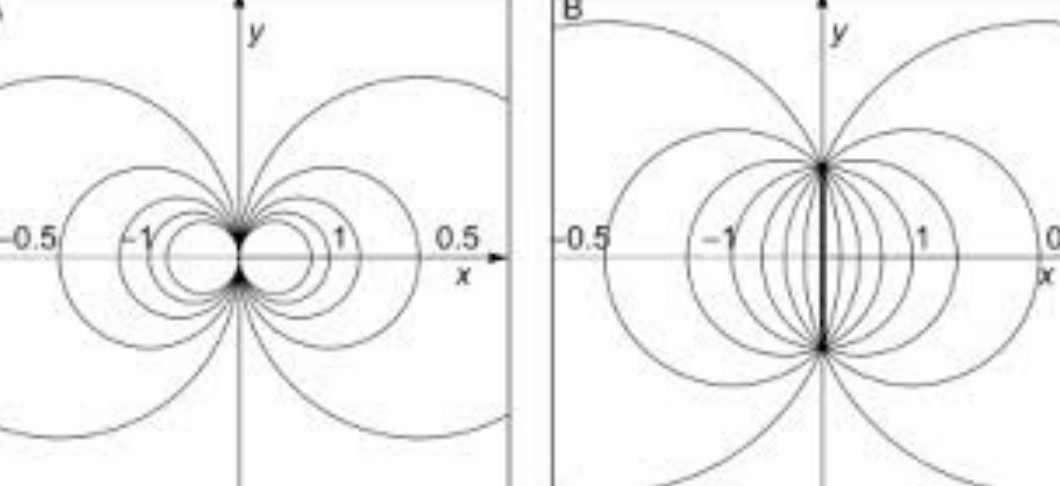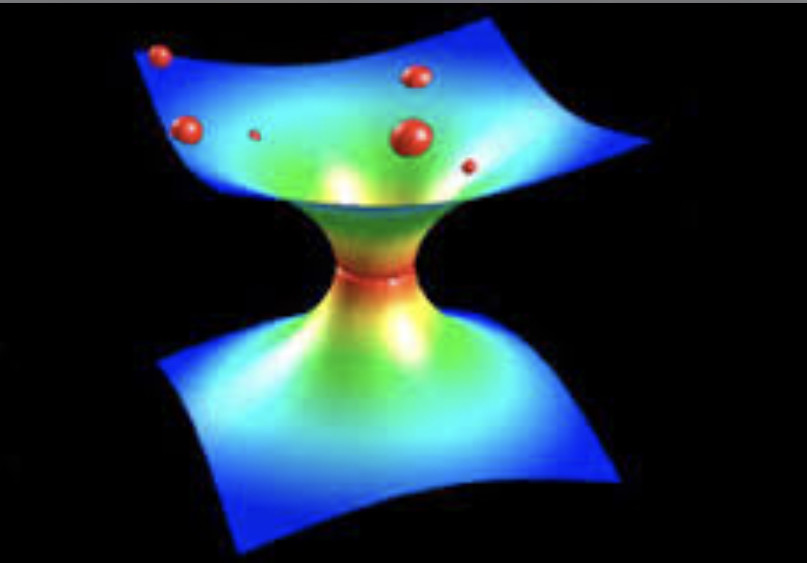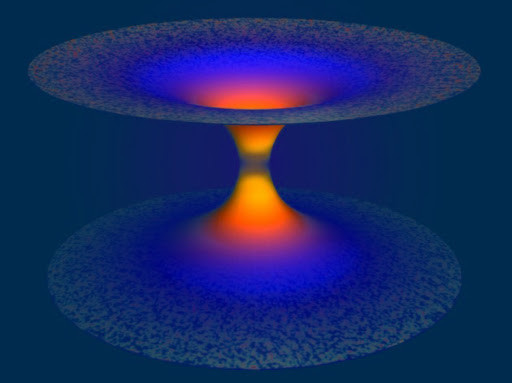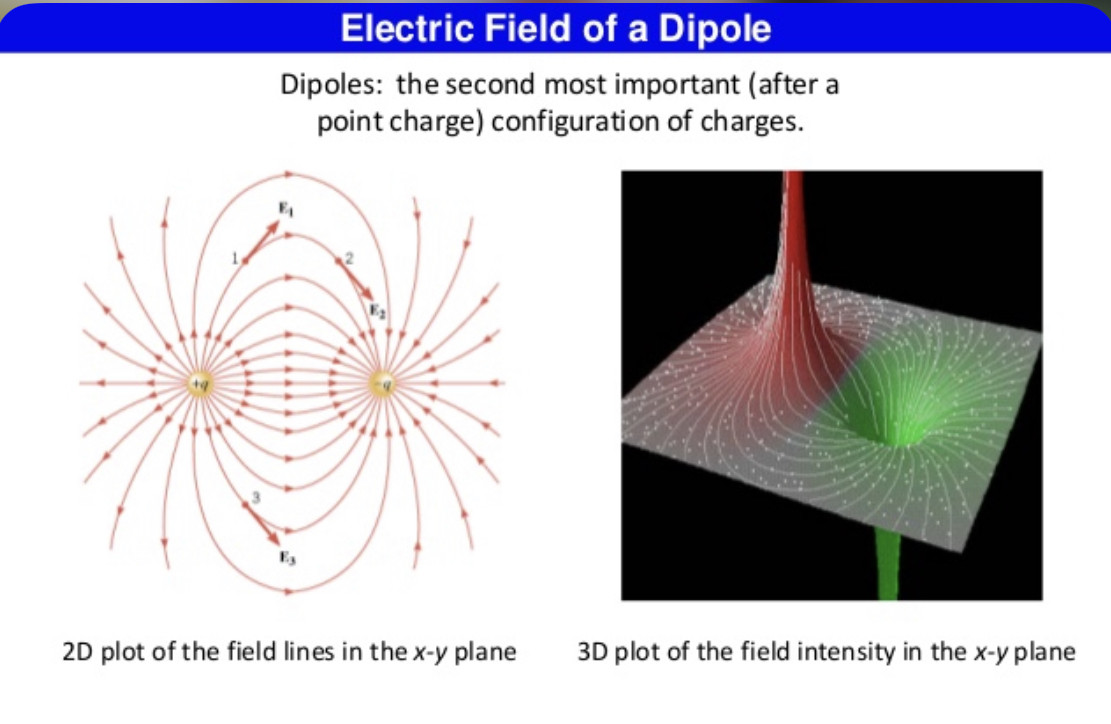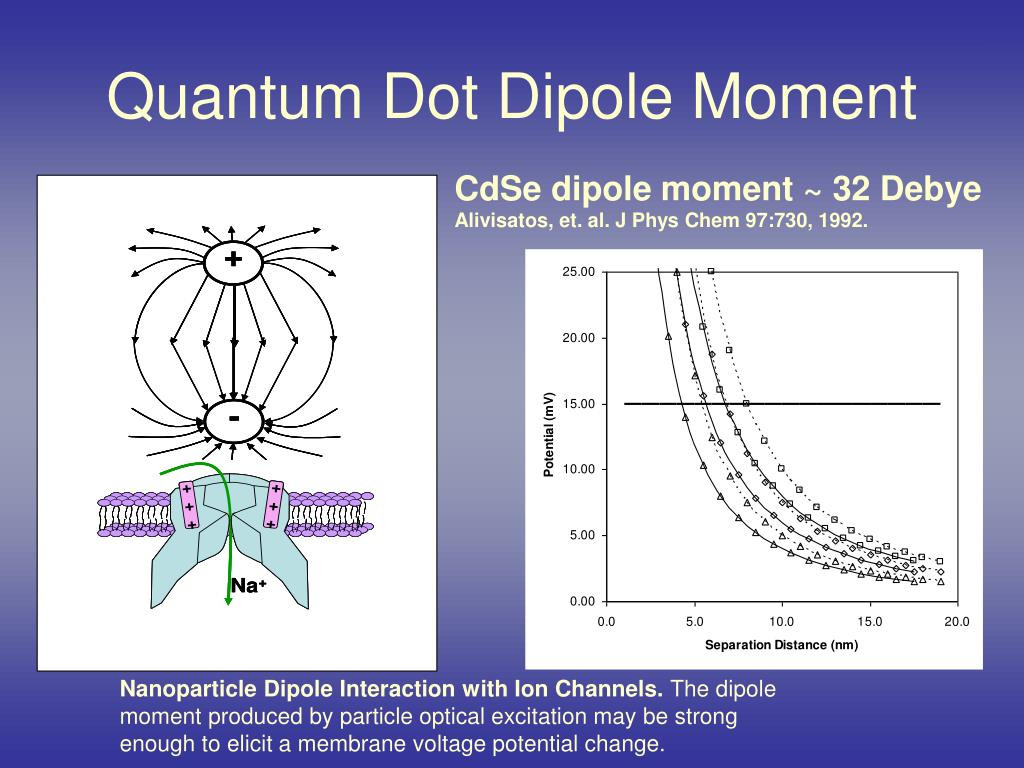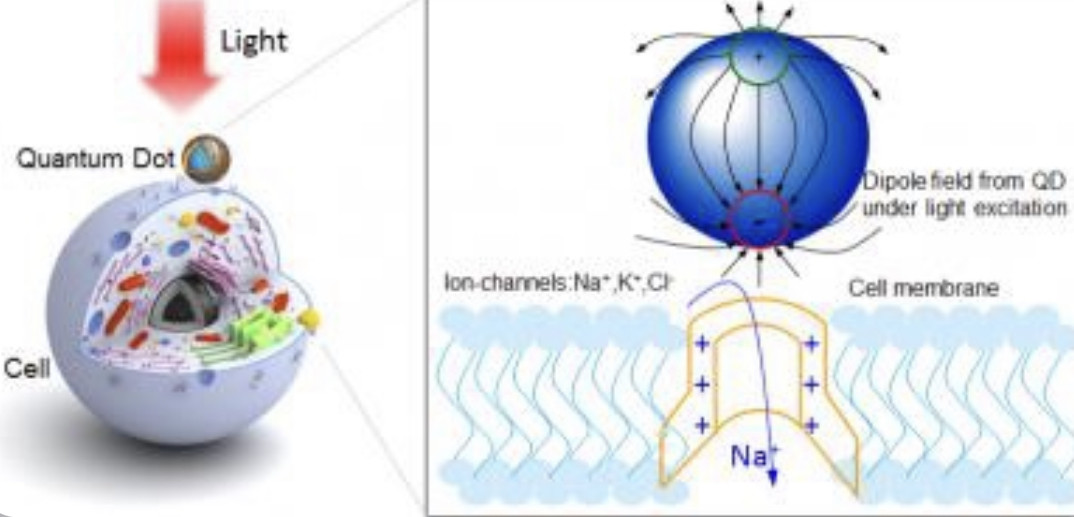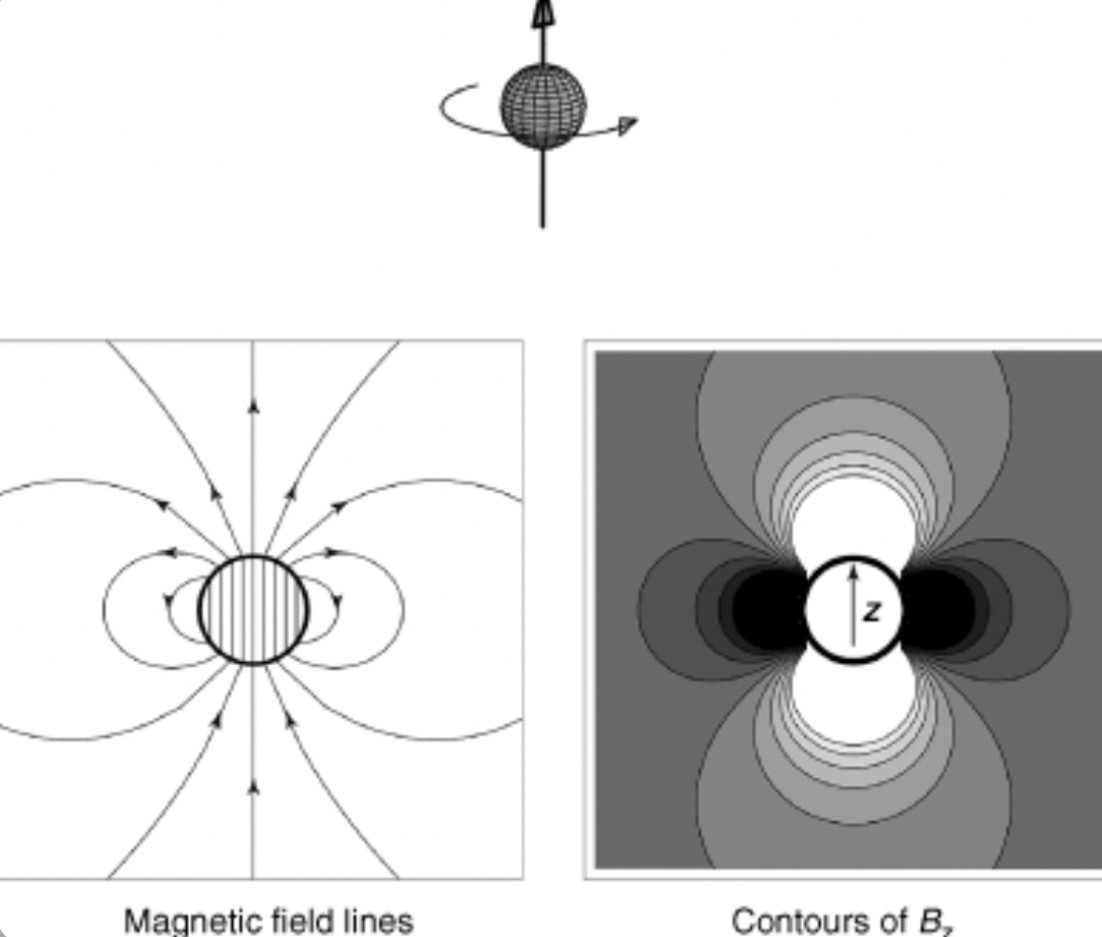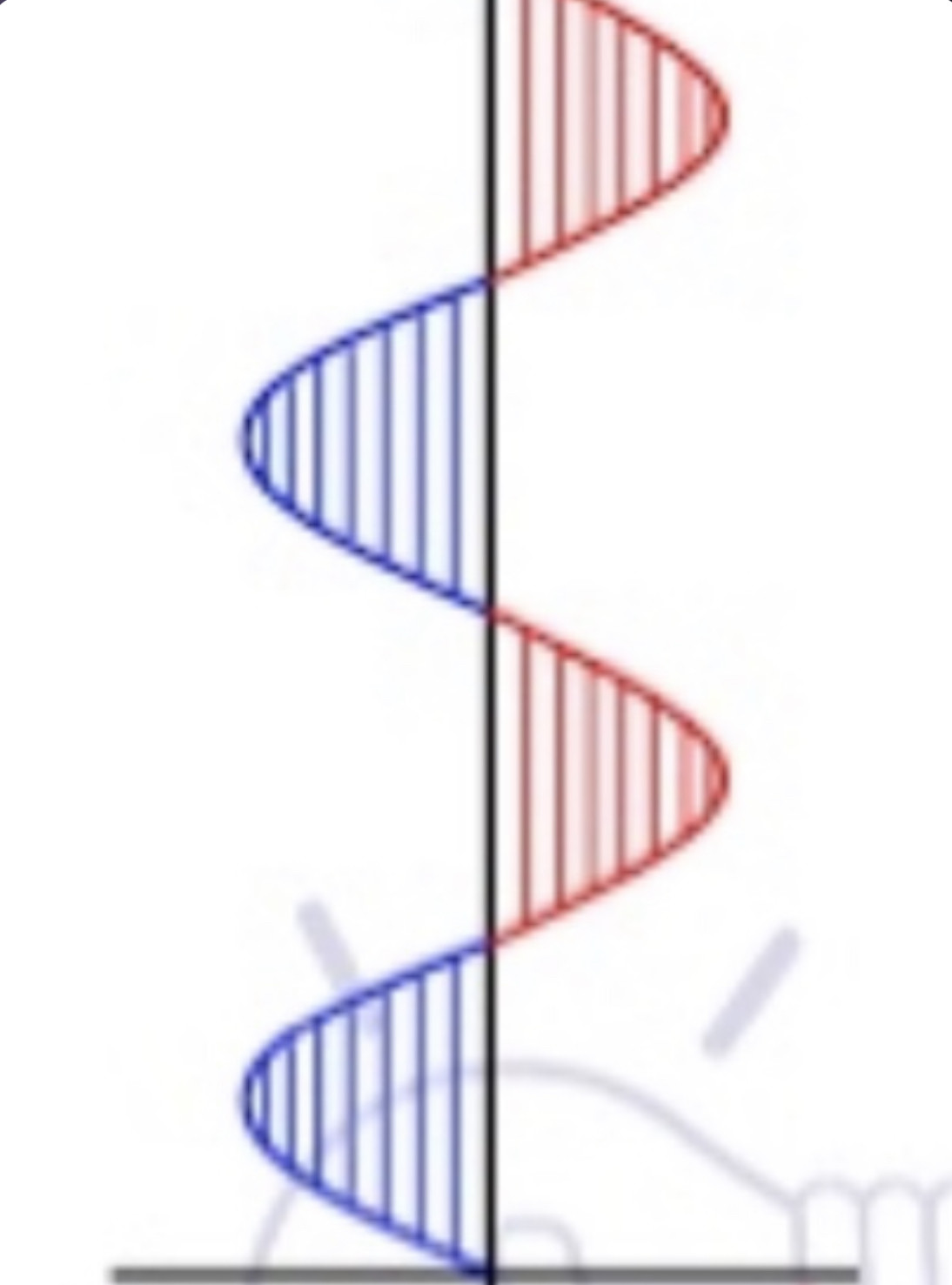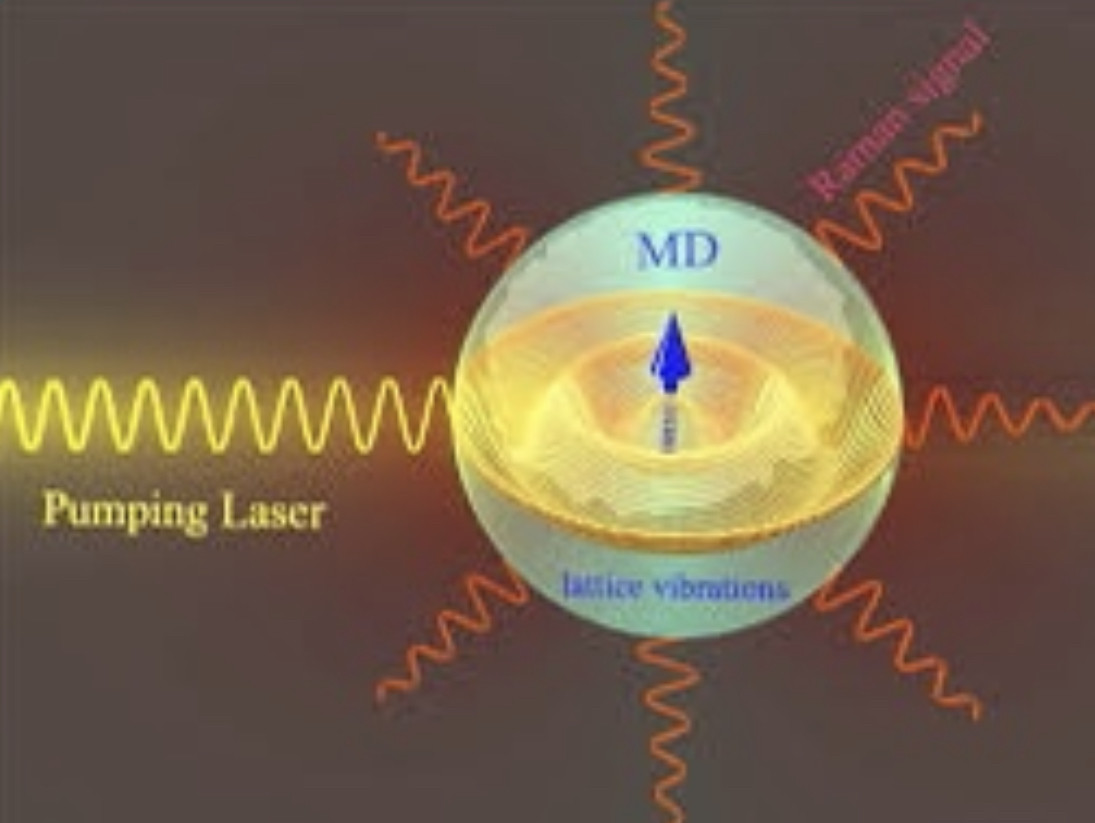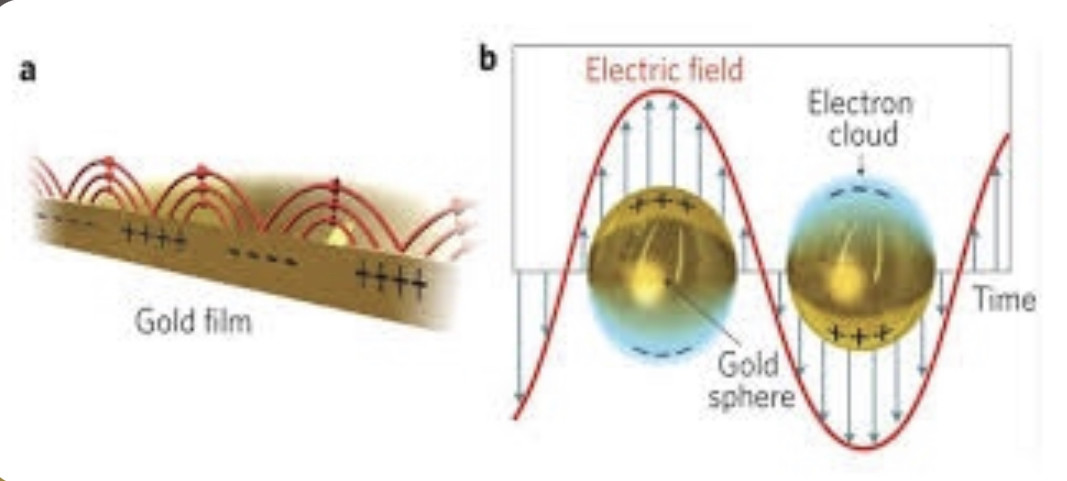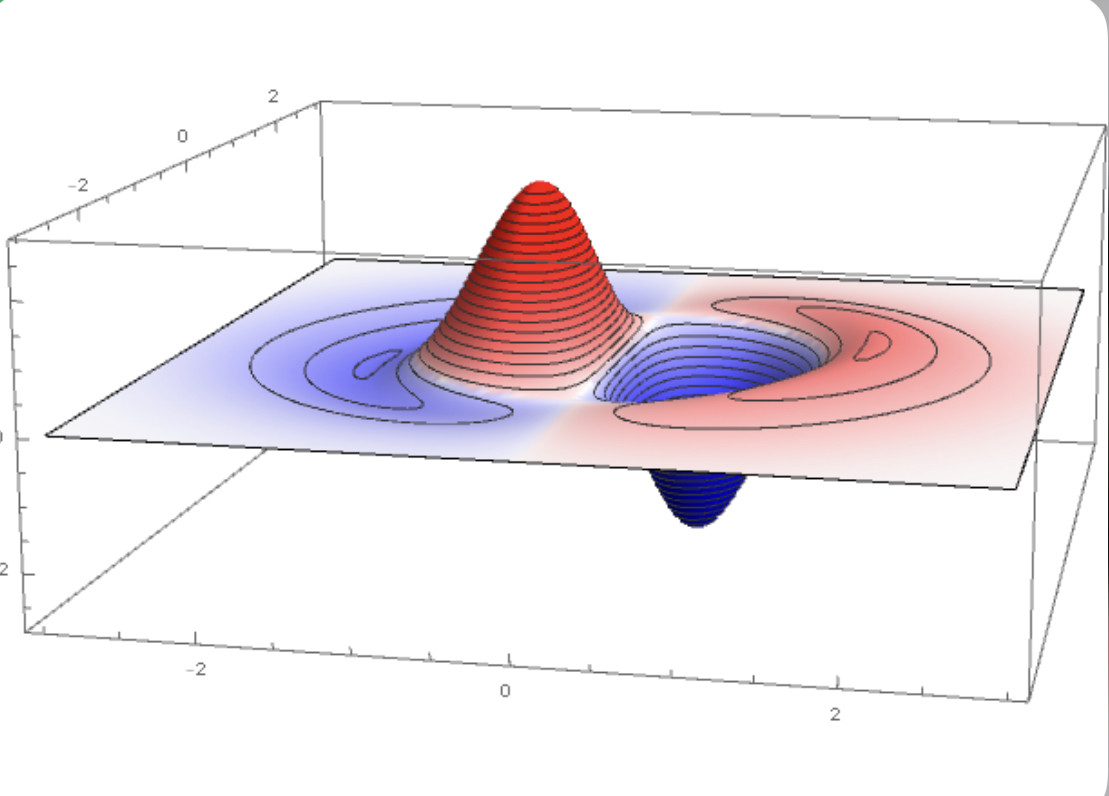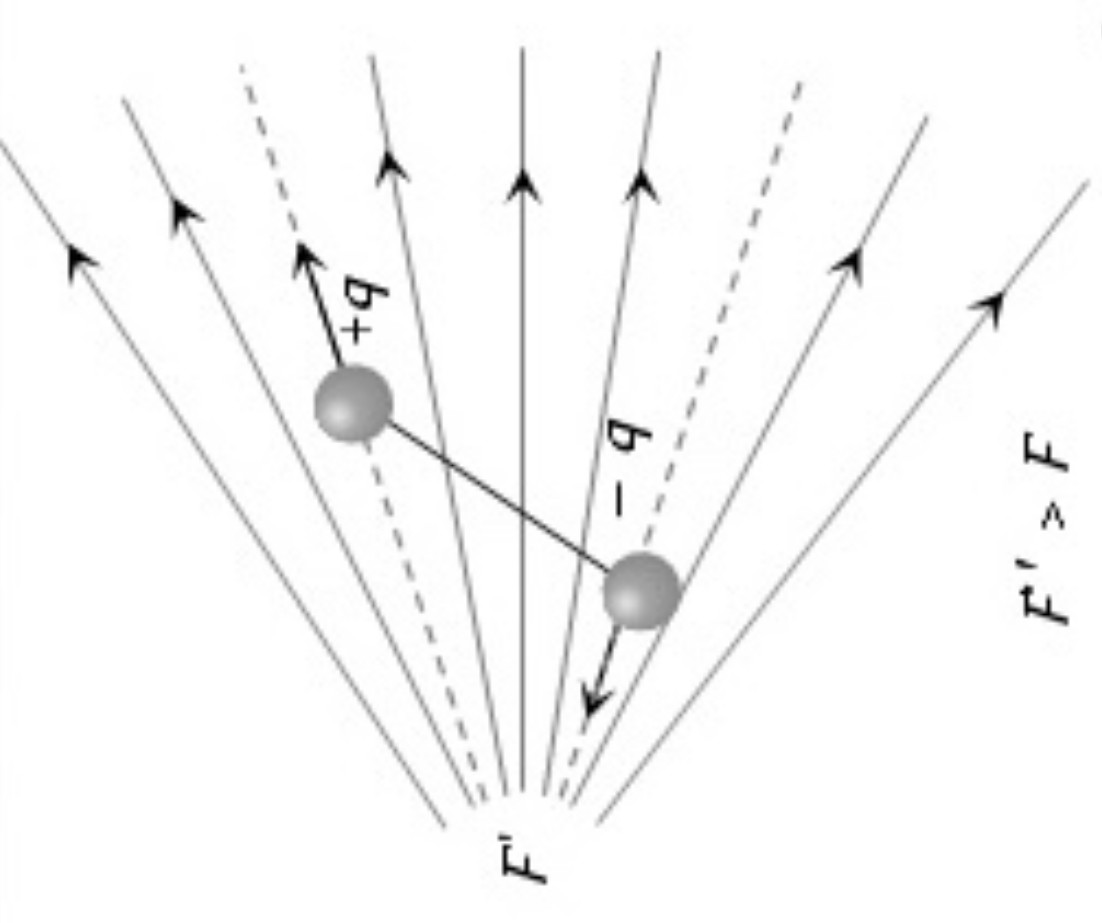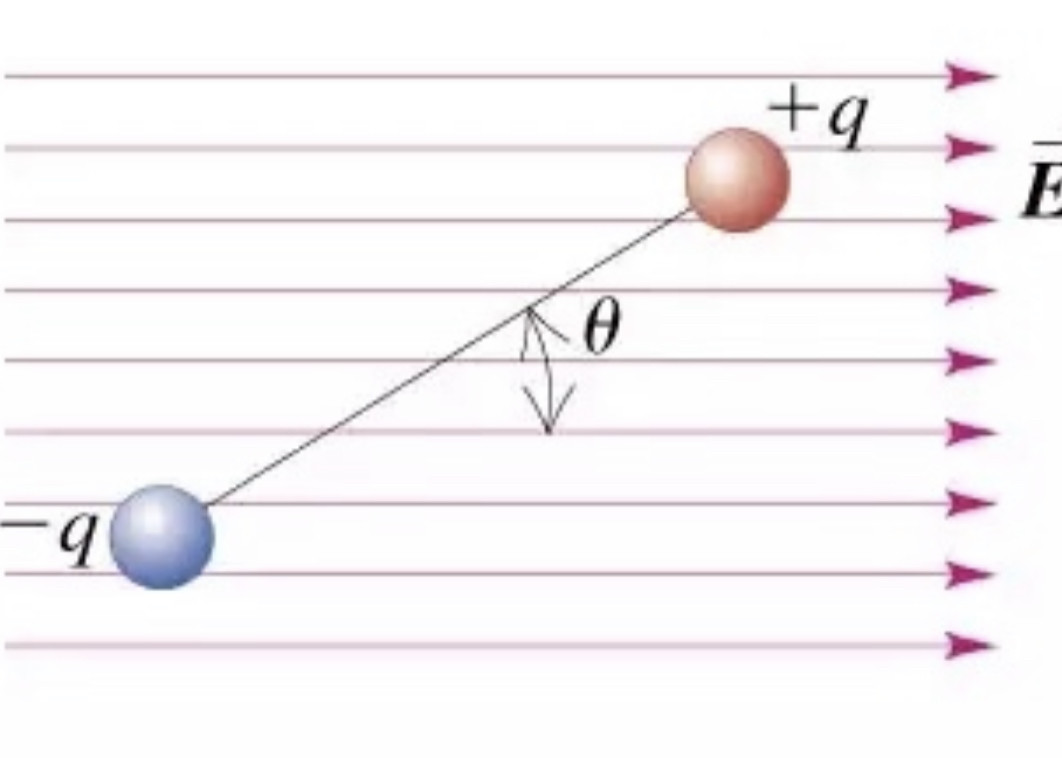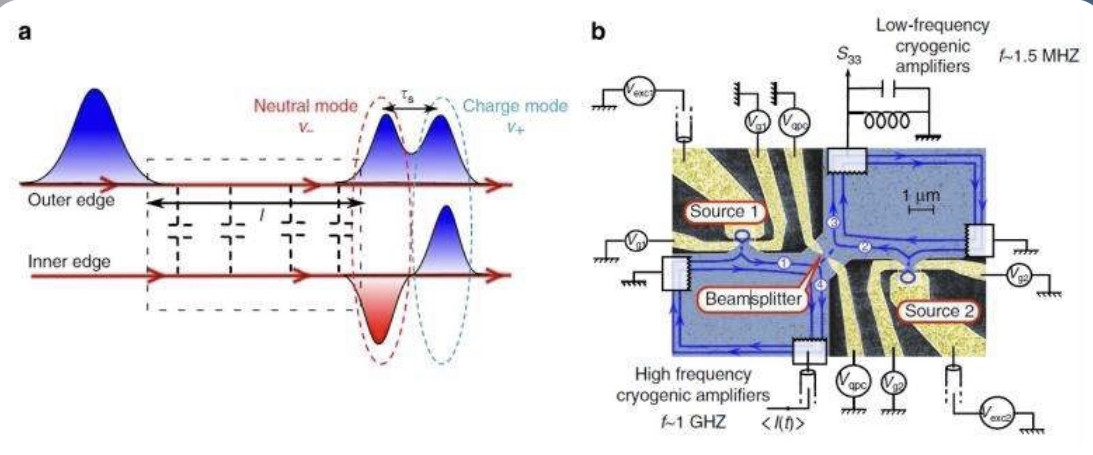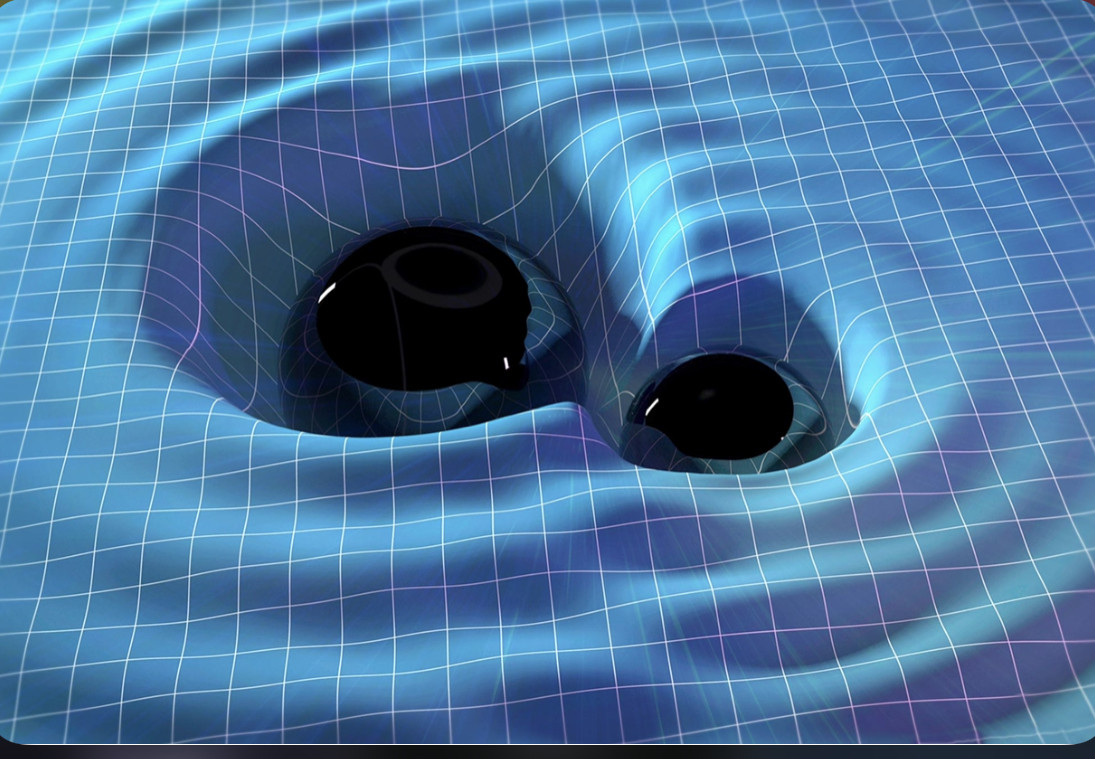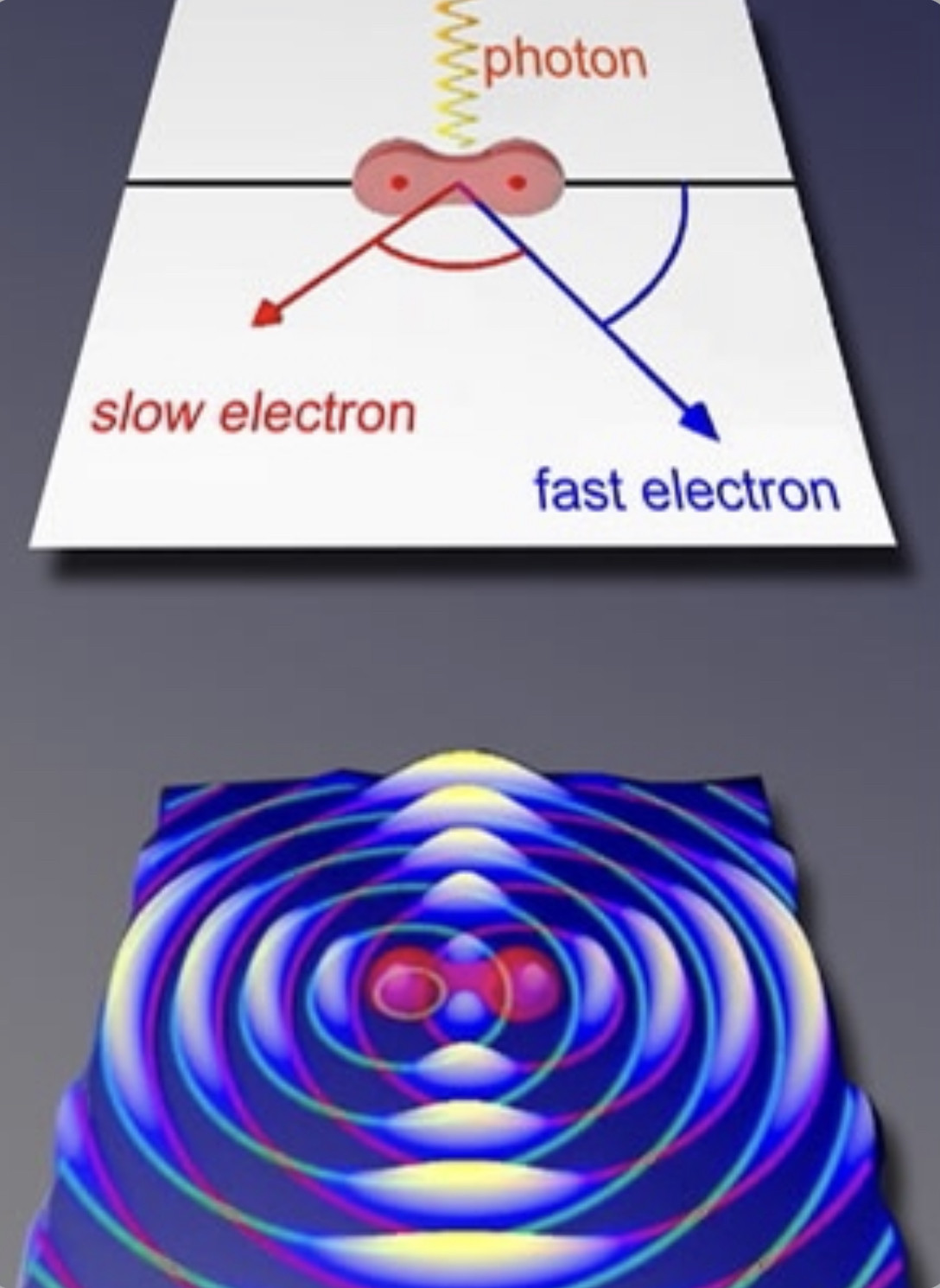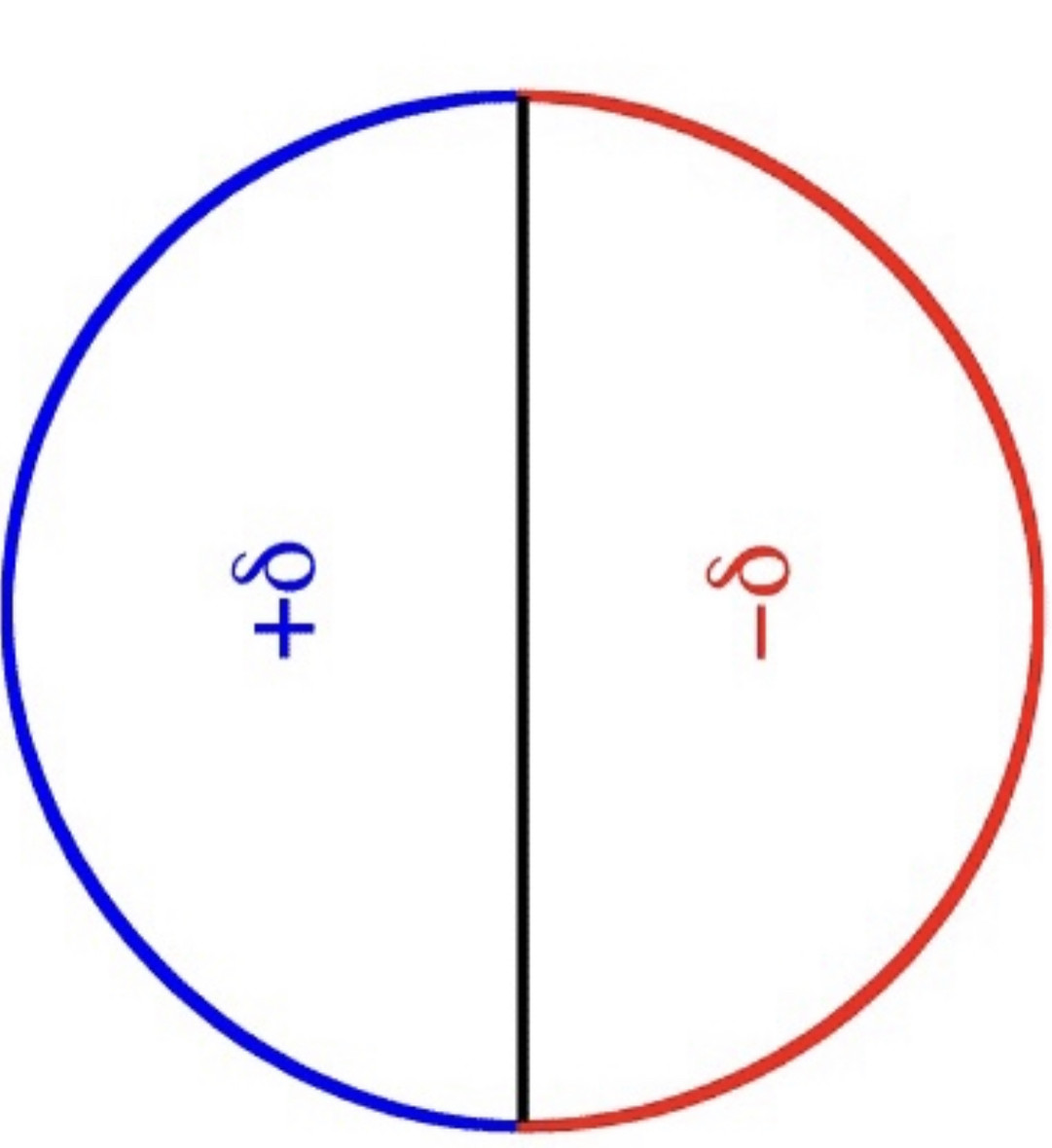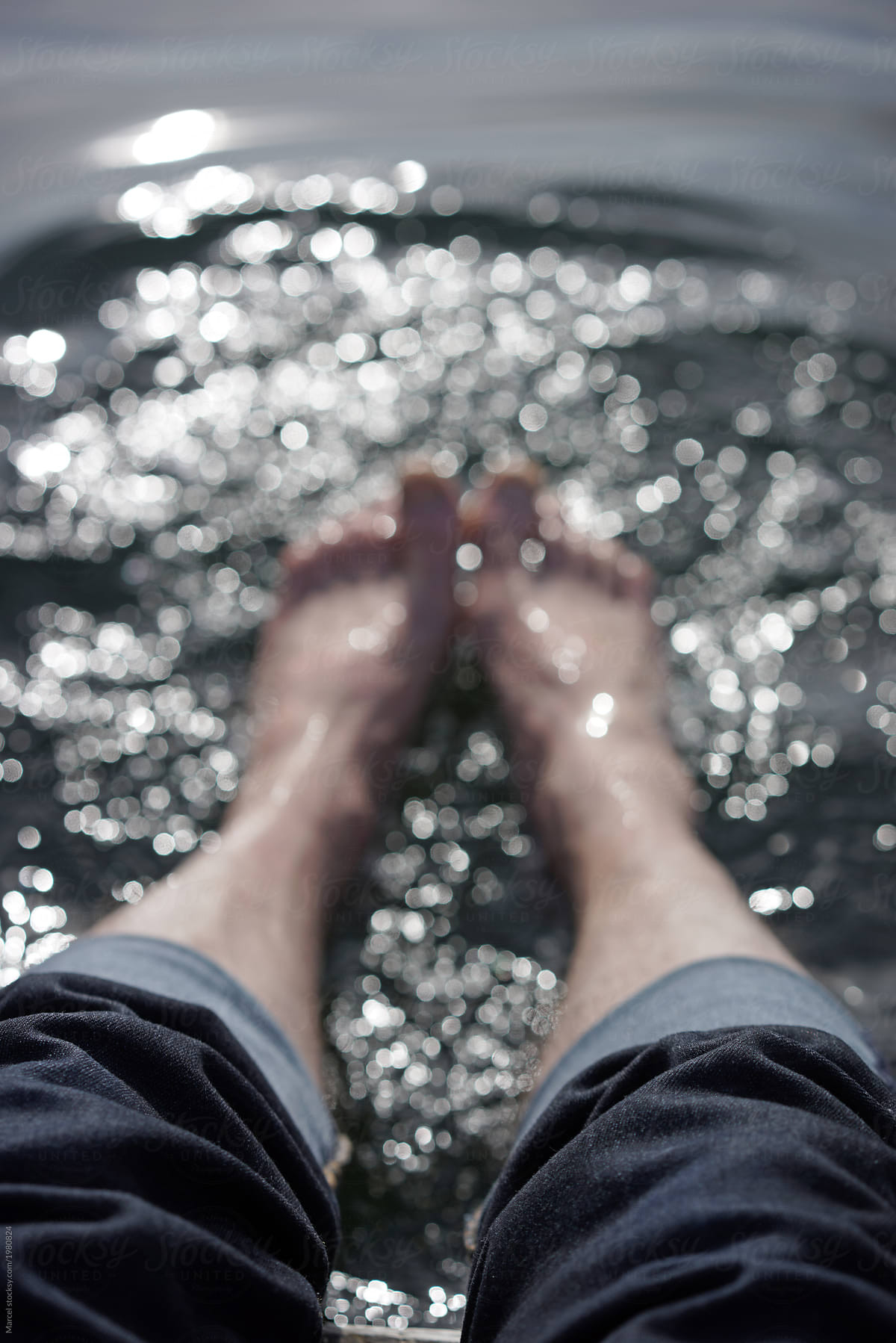RN. Grateful. TEAM Q. PATRIOT. Vintage clothing and antique aficionado.
What is your opinion on EMPs created by high altitude Nukes? Do you think this a risk if Iran/DS has possession of a nuke Russian sub/stolen nuke from TX?
all my heart. 🕊
RN. Grateful. TEAM Q. PATRIOT. Vintage clothing and antique aficionado.
Two restaurant chains were closed in Oneida County NY. Kraze Burger and Wasabi for serving human meat. A cause of autoimmune disorders????
Titanium dioxide nanoparticles induce oxidative stress-mediated apoptosis in human keratinocyte cells - PubMed
Titanium dioxide nanoparticles (TiO2 NPs) are the most commonly used metal oxide NPs in various industrial and commercial products. The present study has demonstrated a significant cellular uptake of TiO2 NPs in the human keratinocyte cells (HaCaT) using transmission electron microscopy and flow cyt..
https://pubmed.ncbi.nlm.nih.gov/21485823/Autoimmune diseases are complex diseases in which both genetic and environmental factors are involved. Excessive oxidative stress is thought to have an important role in the pathogenesis of autoimmune diseases by enhancing the inflammation, inducing apoptotic cell death, and breaking down the immunological tolerance.
🙏🏻❤️🕯🕊
Titanium dioxide (TiO2) displays photocatalytic behavior under near-ultraviolet (UV) illumination. In another scientific field, it is well understood that the excitation of localized plasmon polaritons on the surface of silver (Ag) nanoparticles (NPs) causes a tremendous increase of the near-field amplitude at well-defined wavelengths in the near UV. The exact resonance wavelength depends on the shape and the dielectric environment of the NPs. We expected that the photocatalytic behavior of TiO2 would be greatly boosted if it gets assisted by the enhanced near-field amplitudes of localized surface plasmon (LSP). Here we show that this is true indeed.
A ring resonator composed of a plasmonic waveguide is presented. For the plasmonic waveguide, an array of silver nanorods is assumed. To determine the modes of this ring resonator, the generalized multipole technique (GMT) is used. Using this analysis, we obtain various modes of the proposed ring resonator.
Remembering the first day you learnt to swim...
Middle English: from Old French baptesme, via ecclesiastical Latin from ecclesiastical Greek baptismos ‘ceremonial washing’, from baptizein ‘immerse, baptize’.
immerse
/ɪˈməːs/
verb: immerse; 3rd person present: immerses; past tense: immersed; past participle: immersed; gerund or present participle: immersing
1.
dip or submerge in a liquid.
2.
involve oneself deeply in a particular activity.
"she immersed herself in her work"
absorb
engross
occupy
engage
involve
engulf
bury
busy
employ
distract
divert
preoccupy
lose oneself in
get lost in
early 17th century: from Latin immers- ‘dipped into’, from the verb immergere, from in- ‘in’ + mergere ‘to dip’.
Verb. To cut or divide into two parts. To cut or slice something off. Adjective. Not joined or touching physically.
circumvent
/səːkəmˈvɛnt/
verb
find a way around (an obstacle).
😂👈🏻👉🏻❤️
semicircle
/ˈsɛmɪsəːkl/
noun: semi-circle
a half of a circle or of its circumference.
merry-go-round
/ˈmɛrɪɡəʊraʊnd/
merrymaking (n.)
also merry-making, "a convivial entertainment, a mirthful festival," 1714, from an inversion of the verbal phrase make merry "be happy, be cheerful, be joyous, frolic" (late 14c.); see make (v.) + merry (adj.). The earlier noun was merry-make (1570s). Related: Merry-maker (1827).
🕯

